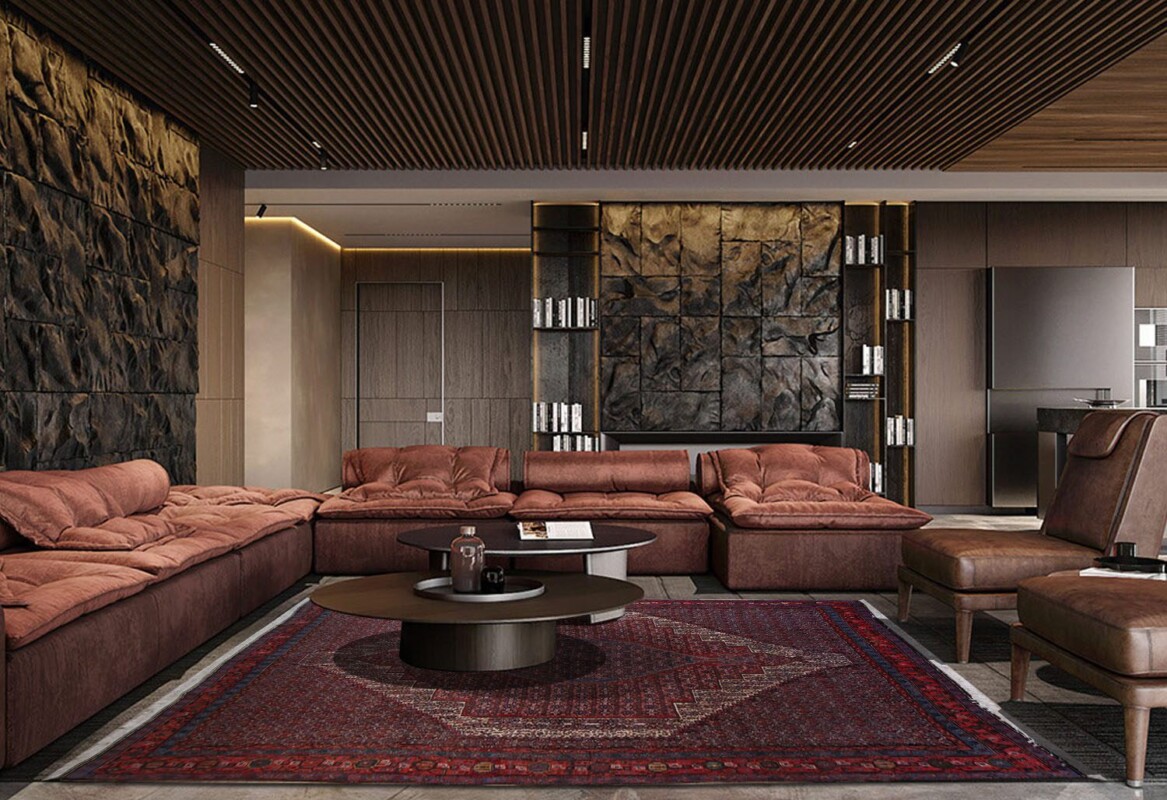Uncategorized
Kurdistan carpets, also known as Seneh, Bijar, Gharaje, and Hamadan
Kurdistan carpets, also known as Seneh, Bijar, Gharaje, and Hamadan

Kurdistan, a region on the west of Iran, is known as an old city for weaving carpets. For many years, weaving carpets was a job for families in Kurdistan, and still this art is considered as a source of income for many families in this zone. The motifs and the colors of Kurdistan carpets show the character of the people in this zone. Due to the cold weather in Kurdistan, warm colors are used to give the ambient a warm atmosphere. Carpets from this zone are known with names such as Seneh, Bijar, and Gharaje. Hamadan carpets are also considered as Kurdistan carpets since they are weaved in a zone near to Kurdistan.
Seneh (Sanandaj) carpets are considered as carpets with large knots. The warp and weft of Seneh carpets is usually in cotton and wool, rarely in silk. The knotting style of Seneh carpets is Turkish (Gordian/ symmetrical) and the pile is in wool. Usually Seneh carpets are being woven in medium and small dimensions and it is hard to find a large Seneh carpet. The dyeing process of materials in Seneh carpets is natural and the colors used in Seneh carpets are red, dark blue, sky blue, beige, yellow, and brown.
Bijar carpets are more famous in market since they are extremely durable. Due to the durability of Bijar carpets, it is hard to forld them and it is better to roll for transport. The design of Bijar carpets are usually with softer lines with classic paterns which are modified to be next to the nomadic designs. The contrast of the colors in Bijar carpets makes them gorgeous and noticeable. Using sharp colors like red, magenta, black, and sharp green next to the soft colors like white, beige, and light brown is one of the characters of Bijar carpets.
Gharaje carpets are woven by Kurdish nomads and rural weavers. The carpets from nomads are usually softer than carpets from rural weavers, while the rural carpets are denser. In Gharaje carpets, colors such as sharp red, dark red, and brown are being used due to the taste of nomads and rural weavers. Gharaje carpets are usually with three medallions which are surrounded by geometric motifs.
Hamadan carpets are categorized based on the name of the cities. These carpets are usually considered as Kusrdistan carpets because Hamadan has a border on northeast with Kurdistan, therefore motifs and colors of these two zones are combined together and we recognize all of them as Kurdistan carpets. Kabudar-e-ahang and Hosseinabad are two of the famous zones in Hamadan that have well-known carpets. The pattern of Hamadan carpets are usually a repeated motif. The colors of Hamadan carpets are dark blue, dark red, beige, brown, and sometimes green. The dyeing process of the materials for Hamadan carpets is manual with natural colors that gives a nice appearance to the carpet.




